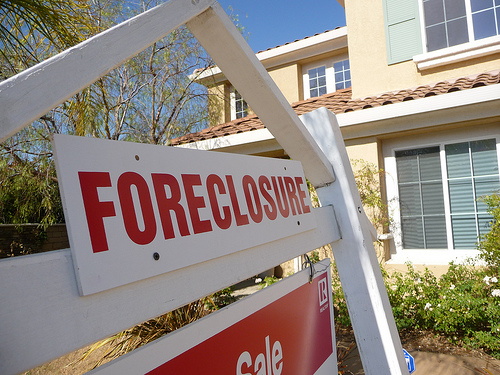Why Everyone’s Wrong About Fixing Health Care

Photo by: Bolshakov
Like most debates in this country, the health care debate has gone into the weeds. People, regardless of their point of view, spout disingenuous arguments to further their cause. Critics suggest that simply providing insurance for everyone will make everything “fair,” while their opposition makes arguments for the continuation of a broken system. While I have a healthy skepticism of the government’s ability to solve most problems, it seems that there are telling factors that suggest that the status quo is not just unsustainable, but catastrophic.
Why Do We Need to Do Anything?
Before we move forward, this is a question many believe remains unanswered. Why do we presuppose that something is wrong with the American medical system? The most basic reason is that we spend more money to get worse outcomes. While there are areas in which we excel, ultimately we spend almost double that of most industrial nations, but our infant mortality rate, for example, is signifcantly worse than almost all other Organization for Economic Cooperation and Development (OECD) member countries.1
Additionally the care and cost in America are widely uneven. Interestingly they go hand in hand. The Dartmouth Atlas of Health Care studied the issue nationwide and found almost a threefold difference in health care costs and an inverse correlation between costs and outcomes.2 In other words, the more I’m spending, typically the worse care I’m getting. All of this suggests that we’re wasting a lot of money, and we need to figure out why.
Perverse Incentives
The fundamental problem in American healthcare boils down to one simple issue: perverse incentives. A perverse incentive is one in which those who are creating the incentives are creating unintended and typcially counterproductive effects. They are essentially creating their own negative consequences. As we’ll see almost every component of our system is rife with these types of incentives:
Overconsumption
The opponents to changes in the system constantly raise the “grim” visage of rationed care. Americans fear loss of control when they look at other countries in which residents have to wait for procedures, even though those countries generally have better health outcomes than does America. However the flip side to a lack of rationing tends to be overconsumption.
Everyone in the current system has an incentive to allow patients to over-consume medical attention. Assuming a patient has insurance, it really costs him or her very little out of pocket to get an MRI — even when the doctor may consider it largely unnecessary. Meanwhile the doctor typically makes money because the patient gets an unnecessary MRI. The insurance company is likely indifferent as they have already priced their insurance plan assuming this kind of over-consumption. In the end, we’ve spent considerable money on this MRI and no one’s health is any better.
As the Bear Mountain Bull points out, the structure of many current insurance plans is likely to cause overconsumption. Because the patient has no “skin in the game,” they opt for procedures that are very unlikely to be useful. All kinds of diagnostic tests can be taken on the assumption that it’s “better to be safe than sorry,” without taking the cost into account at all.
The Way America Rations
Even as we show such aversion to rationing, America has a different kind of rationing that is far more insidious. In an extremely perverse incentive, the number of doctors in the United States is decided upon indirectly by the American Medical Association. That is, current doctors decide how many new doctors there should be. In the 90’s, despite the oncoming wave of baby boomers reaching old age, the AMA somehow decided that there were going to be a glut of doctors and actually recommended to cut the number of internships available.3 Much of the current shortage now can be attributed to this decline in the number of doctors.
It is rarely in the best interest of the consumer for the provider of a service to decide how many people should be allowed to provide that service. Even providers with the best intentions are likely to err on the low side. That doesn’t even take into account those who may be intentionally self-serving and trying to increase demand for their services. (more…)



















